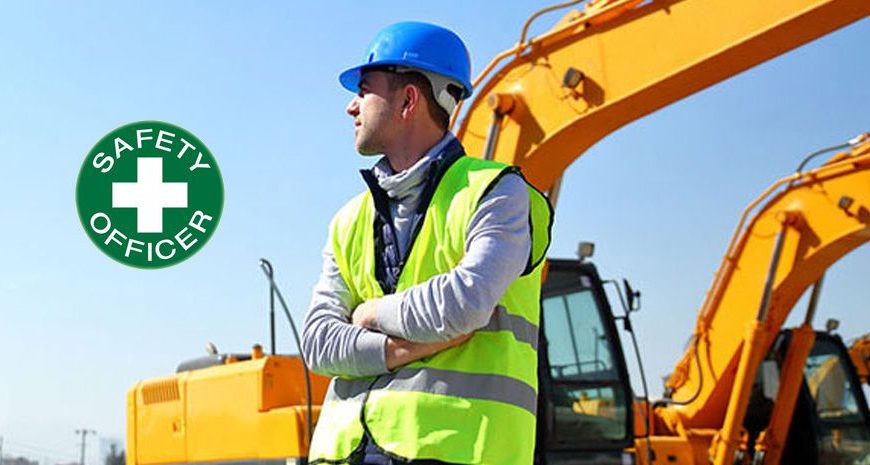Personal Protective Equipment (PPE) is essential for safeguarding workers from potential hazards in various industries. However, the effectiveness of PPE can be compromised if not properly selected, maintained, and used. This is where training, such as the NEBOSH IGC, plays a crucial role. In this article, we will discuss strategies to minimize the risks associated with PPE, highlighting the importance of comprehensive education, like Safety Courses, in ensuring that workers are adequately equipped to use PPE effectively.
Understanding the Importance of PPE
PPE serves as the last line of defense against workplace hazards. It includes items such as gloves, masks, helmets, and protective clothing designed to reduce exposure to harmful conditions. While PPE is crucial, it is not foolproof. The effectiveness of PPE is significantly influenced by how well workers understand its proper use and limitations. The NEBOSH IGC provides valuable insights into selecting appropriate PPE based on risk assessments and industry-specific requirements. By equipping workers with knowledge through a Safety Course, organizations can ensure that their employees are better prepared to identify hazards and utilize PPE correctly.
Common Risks Associated with PPE
Despite its protective capabilities, PPE can present risks if not managed correctly. Common issues include:
- Improper Fit: PPE that does not fit properly can compromise safety. Loose helmets can fall off, while tight gloves can reduce dexterity, leading to accidents.
- Inadequate Maintenance: Worn-out or damaged PPE can provide a false sense of security. Regular inspections and maintenance are essential to ensure that equipment remains effective.
- User Noncompliance: Some workers may neglect to wear PPE due to discomfort or inconvenience. Training provided in the NEBOSH IGC emphasizes the importance of consistent use and adherence to safety protocols.
- Lack of Training: Without proper education on how to use PPE effectively, workers may not utilize equipment to its full potential. This is why Safety Courses are critical in promoting safe work practices.
Selecting the Right PPE
Conducting a Risk Assessment
The first step in minimizing PPE risks is conducting a thorough risk assessment. This involves identifying potential hazards in the workplace and evaluating the appropriate PPE needed to mitigate those risks. The NEBOSH IGC provides guidelines on conducting effective risk assessments, helping organizations make informed decisions regarding PPE selection.
Involving Workers in the Selection Process
Engaging employees in the selection of PPE can improve compliance and comfort. Workers who are involved in choosing their PPE are more likely to wear it consistently. A Safety Course can help facilitate discussions between management and employees about the types of PPE that would work best for specific tasks.
Ensuring Proper Fit and Comfort
Selecting PPE that fits well is crucial for effectiveness. Employers should provide various sizes and styles of equipment to accommodate different body types and preferences. Training sessions, such as those found in the NEBOSH IGC, can educate workers on how to assess the fit and comfort of their PPE, encouraging them to report any issues with equipment promptly.
Proper Use of PPE
Educating Workers on Proper Use
Training is essential for ensuring that employees understand how to use PPE effectively. The NEBOSH IGC covers the necessary information on how to wear and maintain PPE properly. Education should include demonstrations, hands-on practice, and written instructions to reinforce learning.
Creating a Culture of Safety
Encouraging a safety-first culture within an organization can significantly impact PPE compliance. When safety is prioritized and reinforced through regular discussions and training, workers are more likely to adhere to PPE protocols. Incorporating the principles learned in a Safety Course into daily operations can help cultivate this culture.
Regular Monitoring and Feedback
Supervisors should regularly monitor PPE usage and provide feedback to workers. This practice not only reinforces the importance of wearing PPE but also helps identify areas where additional training or resources may be needed. A proactive approach can significantly reduce the risks associated with PPE.
Maintenance and Care of PPE
Implementing a Maintenance Schedule
To minimize risks, organizations should implement a regular maintenance schedule for all PPE. This schedule should include cleaning, inspections, and replacements as needed. The NEBOSH IGC emphasizes the importance of maintaining PPE in optimal condition to ensure worker safety.
Training Workers on Care Procedures
Workers must be trained on the proper care and maintenance of their PPE. This includes understanding how to clean, store, and inspect their equipment regularly. Providing this training through a Safety Course can enhance workers’ knowledge and responsibility for their PPE.
Addressing User Noncompliance
Understanding the Reasons for Noncompliance
Understanding why some workers do not wear PPE is crucial for developing effective solutions. Factors may include discomfort, lack of awareness, or perceived inconvenience. The NEBOSH IGC provides insights into addressing these issues through education and engagement.
Creating Incentives for Compliance
Incentive programs can encourage workers to wear PPE consistently. Recognizing and rewarding compliance can foster a sense of responsibility and motivate employees to prioritize safety.
Conclusion
Minimizing the risks associated with Personal Protective Equipment (PPE) is crucial for maintaining a safe working environment. Through comprehensive training programs like the NEBOSH IGC, organizations can equip workers with the knowledge they need to select, use, and maintain PPE effectively. Additionally, fostering a culture of safety and addressing user noncompliance through engagement and education will lead to better outcomes in workplace safety. By prioritizing PPE training through Safety Courses and ongoing support, employers can significantly reduce the risks and enhance the overall safety of their workforce.
















